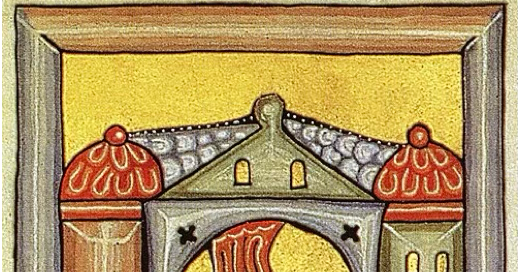This week, a small snippet of Hildegard on her medical texts. Nearly scattered to time and history, these bits and pieces have been salvaged and survived throughout the years. Enjoy this little intro into the world of Hildegards practice as a healer during the Middle Ages.
While Hildegard certainly had a wide range of contributions — including musical compositions and a musical morality play1 — in this work I am focusing on her medical works, looking at the human body, herbs, illnesses, and treatments. The original form of her medical works (Liber subtilitatum diversarum naturarum creaturarum2) has been lost to history, but copies of parts remain and have been proven authentic3.
Physica, or Liber Simplicis Medicinae, is the work which outlines various uses of plants, animals, minerals, and more. It is this piece which reads a bit like a Materia Medica, describing how to use the various substances for healing, including specific treatments and recipes. There are manuscripts that date from the thirteenth to fifteenth centuries and a printed copy from 15334. Physica was written between 1151 and 11585.
Causae et Curae, or Liber Compositae Medicinae, describes the human body, various illnesses and cures, and the workings of organic life on the planet. The earliest manuscript for this piece dates from the thirteenth century6. Causae et Curae dates to the same period as Physica, 1151-1158, as they are ultimately parts of a single piece.
A musical morality play which was quite unique for the time, and arguably the first morality play, Ordo Virtutum. (201, Potter)
The Subtleties of the Diverse Nature of Created Things; 17, Bowie & Davies
xxv, Strehlow & Hertzka
xxv-xxvi, Strehlow & Hertzka
16, Bowie & Davies
xxvi, Strehlow & Hertzka




